|
The Mental Health Continuum Model is a valuable framework for understanding and monitoring one's mental well-being. This short article will review each component of the model, and then outline 4 ways first responders and public safety personnel can utilize it as a means to monitor mental well-being. The Model Consists of 4 Colour-Coded Zones:🟢 GREEN: a state of optimal mental health; there’s no significant distress 🟡 YELLOW: early warning signs; when these symptoms and stressors emerge, they indicate the need for self-care and attention. For example, feelings of unease, anxiety, and irritability 🟠 ORANGE: functional impairment is more evident with symptoms that affect daily life. For example, sleep disturbances, difficulty regulating emotion, difficulty concentrating, or social withdrawal 🔴 RED: a state of emotional crisis. When things become overwhelming, it's crucial to seek assistance from professionals or support systems 4 Ways to Apply The Model in Your Daily Life:1️⃣ Self-awareness: Routinely check in with yourself. Are you in the GREEN, YELLOW, or beyond? Self-awareness fosters recognition of the early signs of stress, anxiety, or trauma, even before symptoms escalate. 2️⃣ Early intervention: At the YELLOW stage, take action! This might involve reaching out to a peer support network, speaking with a mental health clinician, and practising self-care techniques like mindfulness or exercise. 3️⃣ Normalize self-care: Know that seeking help is a sign of strength and courage, not weakness. When we embrace this perspective, we make it more acceptable to seek assistance and take breaks when needed, feeling supported rather than stigmatized. 4️⃣ Support network: Forge connections with colleagues and where it is safe to do so, share what you are experiencing. Doing so can strengthen your support network - a network that is instrumental in offering assistance and promoting a culture of understanding and empathy within your profession. Isolating self is a symptom of being overwhelmed - notice this behaviour as a sign that something needs to change and seek assistance when necessary. This model encourages self-awareness and proactive steps to maintain one's mental health, offering a practical guide for individuals to recognize and address their mental state effectively. Let this model empower you to proactively manage your mental health, to recognize and address the earliest signs of distress. Use it to promote a culture of mental health awareness and self-care, because ultimately, that will contribute to your overall well-being and resilience. References: Mental Health Continuum Model credit: The Mental Health Commisson of Canada First Responder Health Training, Emergency Worker Health #FirstResponders #MentalHealthMatters #ProfessionalCare #YouAreNotAlone #MentalHealthContinuum #WellnessJourney #mentalhealthishealth #shareitdontwearit
0 Comments
In the journey of emotional healing, understanding the felt sense of emotion is a cornerstone. Somatic awareness refers to the conscious perception and attention to bodily sensations. These sensations are the embodiment of emotion because emotions are not solely mental states; they are also deeply intertwined with physical experiences in the body. Somatic awareness plays a key role in understanding and processing emotions. Somatic awareness is an integral part of trauma treatment and is central to EMDR therapy. The Mind and Body of Emotion Emotions are not just abstract concepts; they have physical manifestations. For example, anger might manifest as muscle tension or shallow breathing; fear might lead to an increased heart rate, sweating, or a sensation of tightness in the chest; and happiness might manifest as a sense of lightness or warmth. We can gain deeper insight into our emotional state by becoming aware of these physical cues. This awareness is more than just an intellectual exercise; it's a path to deeper emotional understanding, self-awareness, and healing. Tracking the Felt Sense of Emotion Learning to track the felt sense of emotion is a critical skill in emotional regulation, involving a keen awareness and understanding of one's bodily sensations that accompany emotions. And, becoming attuned to the subtle changes within the body that signal emotional shifts is a core feature of EMDR. A Gentle Approach to Somatic Experiencing Here's a simple guide to start noticing your body's emotional signals:
Overcoming Discomfort If this process feels uncomfortable, remember it's a natural part of emotional growth. Start with momentary noticing and gradually increase the duration as you become more comfortable with the practice. It’s important to be patient and kind to yourself through this process. Working with a Counsellor - Don't Go It Alone! While these techniques can be practiced independently, working with a Counsellor can be incredibly beneficial. A Counsellor can provide guidance, support, and personalized strategies to help you navigate and understand your emotional landscape more effectively. Waking Up the Nervous System For those who have a habit of suppressing or avoiding emotions, gently stimulating the nervous system can be beneficial. This helps to 'wake up' the nervous system from shutdown. Here are some methods:
Remember, you know yourself best. Listen to your body, and use what feels right for you.
The Journey Toward Emotional Awareness Learning to regulate emotions isn't an innate skill; it's something we acquire over time, often through guidance and practice. Without such learning opportunities, becoming aware of our emotional sensations can seem overwhelming. Initially, if we haven't been taught to recognize and sit with our emotions without feeling overpowered by them, our instinct might be to push these feelings away, ignore them, or seek distraction. Over time, these avoidance strategies can become deeply ingrained, making the idea of facing intense emotions intimidating. Feeling uncertain, uncomfortable, or even overwhelmed when starting to notice and describe emotional sensations in your body is entirely expected. It's akin to the early stages of learning any new skill, where everything feels unfamiliar and challenging. The key is to recognize and stay present with these emotional sensations despite the discomfort. In light of this, EMDR therapists introduce emotional and somatic awareness gradually. It's a process that respects your pace, gently encouraging the exploration of the felt sense of emotion and learning to observe their rise and fall. This gentle approach aims to build your comfort with naming and noticing these sensations, thereby enhancing your ability to remain grounded in the present moment. Through this supportive framework, you'll gradually develop a more profound capacity to engage with emotions, transforming what might once have seemed daunting into a source of strength and insight.
Part 1: Understanding FOMOFear of missing out is an anxiety about missing out on rewarding experiences that others seem to be having. In the highly digital world we live in, where social media constantly displays snapshots of other people's lives, this feeling is amplified. What we see on social media is far from the complete picture. It's akin to watching only the highlights of a sports game, missing out on the timeouts, mistakes, or less exciting moments. People tend to share their best, most picturesque experiences online. Intellectually, we understand that life isn’t a non-stop series of perfect moments. But emotionally, when we see images of others’ activities or when we feel left out, the sensation of missing out can feel overwhelmingly intense and emotionally painful. Why Are We So Impacted by FOMO?Tara Brach, a renowned mindfulness expert, sheds light on this with her insights on social comparison: We often compare our own lives with those we see on social media, potentially leading to feelings of inadequacy or anxiety. This comparison isn’t limited to activities; it extends to lifestyles and achievements as well. Being social creatures, we have an innate desire to connect and feel included. We fear missing out on experiences that we believe are crucial for maintaining our social bonds. Additionally, factors like low self-esteem and insecurities can predispose some individuals to a heightened need for external validation. In such cases, a person might feel compelled to partake in specific events or activities to feel valued or accepted. This attachment to external approval fuels FOMO, where social recognition becomes a significant source of self-esteem. Sarah Peyton offers a compelling neurobiological perspective. She discusses the concept of alarmed aloneness — our brains are hardwired for connection and warmth in relationships. When we experience disconnection or isolation, our brain can trigger a state of alarm, initiating stress responses and potentially leading to feelings of anxiety and fear. Thus, FOMO isn’t solely about missing events or experiences; it's also about missing essential social connections and interactions that are crucial for our emotional and neurological health. In the realm of social media, where an idealized version of connectivity is often portrayed, this sense of alarmed aloneness can be exacerbated, intensifying the feelings associated with FOMO. Part 2: Coping Strategies for Immediate ReliefThe following information is designed to combat the intense anxiety often triggered by FOMO. These steps work wonders because they anchor you back into the present moment, pulling your mind away from the "what ifs" and "what could have beens." A mind that frequently wanders, especially to thoughts of potential missed experiences, isn’t fully in the here and now. This lack of presence can heighten feelings of FOMO, as you’re not completely immersed in your current experiences, leading to a persistent sense of missing out. 1) Acknowledge the Feeling: When contending the unsettling sensation of FOMO, it's crucial to first recognize and accept your emotions. This initial step of acknowledgment is vital. Often, there's a natural tendency to suppress uncomfortable emotions, attempting to push them aside. However, this approach is counterproductive. Suppressing emotions doesn't eliminate them; instead, it can cause these feelings to resurface in unexpected and potentially harmful ways. And the act of suppression requires significant mental effort and energy, which can be exhausting and detrimental to our overall well-being. So rather than fighting these feelings, embrace a stance of awareness and acceptance. Acknowledge your anxiety by mentally noting it: "Hey, I see you, anxiety. I understand why you're here, but right now, you're not serving me." This approach not only conserves your mental energy but also puts you in a position to manage your emotions more effectively, paving the way for healthier coping strategies. Remember, the goal isn't to eradicate these feelings but to acknowledge and understand them, reducing their power over you and allowing for more constructive emotional regulation. 2) Breathe: Deep breathing is an effective tool for soothing your nervous system and can act as a reset for your brain. When you engage in deep breathing, you're essentially signalling to your body that you're safe and okay. This practice helps shift your body from a state of heightened alertness, often triggered by stress or anxiety, to a state of calm. The mechanism behind this is rooted in our physiology. Deep and slow breathing stimulates the vagus nerve, which runs from the brain through the face and thorax to the abdomen. This stimulation activates the parasympathetic nervous system, often referred to as the 'rest and digest' system. It counteracts the 'fight or flight' response of the sympathetic nervous system, associated with stress and anxiety. Deep breathing decreases heart rate and blood pressure, thereby reducing stress levels. One effective technique for deep breathing is the 4-7-8 method. It's straightforward and powerful in its simplicity:
Click here for the YouTube video of this article, with a guided practice of 4-7-8 This rhythmic pattern of breathing not only helps in calming your nervous system but also brings your attention back to the present moment, anchoring you in a state of mindfulness. It's a practical, quick, and easy method to regain control over your emotional state, particularly useful for shifting out of anxiety . 3) Movement: Having acknowledged your emotions and utilized deep breathing to ground yourself in the present, you might still find yourself grappling with the agitation stirred by FOMO. In such moments, when anxiety feels overwhelming, introducing physical movement can be incredibly beneficial. Movement helps because when we experience emotions like anxiety, our bodies often enter a state of heightened arousal as part of the 'fight or flight' response. This state is characterized by increased energy and tension in the body. Movement allows us to use that energy, facilitating a release of tension and helping to reset our nervous system. Engaging in physical activity stimulates the production of endorphins, our body's natural mood elevators, which can have a calming effect on our mind. The type of movement that works best can vary from person to person. The key is to find a form of movement that feels good and suits your current state. It's not about intensity or duration; it's about movement as a tool to help discharge emotional activation and restore a sense of balance in your nervous system. 4) Self-Compassion: Self-compassion is the art of being kind and understanding toward ourselves, especially in times of difficulty or stress. It's about acknowledging our feelings without judgment and offering ourselves the same kindness we would to a good friend. What you need to know is that the way you feel when you are experiencing FOMO is normal. These emotions, as intense as they may be, are a normal part of the human experience. It's vital, therefore, to refrain from self-criticism or negative self-talk. And most importantly, if you're feeling urges to harm yourself in any way, please remember that there are healthier ways to find relief.
Start by taking a deep breath and acknowledging the urge is there, without judgment of self. Observe it as an outside observer might, noting its intensity and where you feel it in your body. Keep breathing deeply, anchoring yourself in the present. Remind yourself that urges are temporary; like waves, they will dissipate. As you continue to breathe and observe, you'll notice the urge losing its power, diminishing like a wave receding back into the ocean. This process empowers you to handle distress without resorting to harmful behaviours, fostering resilience and a sense of control over your emotional world." Remember, you're not in this alone. Reach out to someone you trust. - a family member, a friend, a counsellor, or a support line. Sometimes, the simple act of voicing your feelings can significantly diminish their intensity. If you have the option to reach out to a family member, this may be your opportunity to Deepen Connections: talking to them may provide you with a shift in focus, which can alleviate anxiety and fear of missing out, enabling you to value and cherish your current moment Part 3 - Creating a Positive Experience for SelfImagine this scenario: you've chosen to stay in, and initially, it feels a bit uncomfortable, maybe even boring. You might feel like you're missing out on a fun gathering with friends. But here's where that old perspective shifts: sometimes, the most rewarding company you can have is your own. Learning to enjoy your own company isn't just about passing time; it's about becoming a friend to yourself, embracing self-connection and mindfulness. And, this ability to befriend self is an essential skill. After all, you are the one constantly in your life. Embracing solitude as an opportunity for self-discovery and enjoyment is a habit worth cultivating. I've even given it a fun name for you. This transformative concept will now forever be referred to as MOMO - which stands for Mindfulness of Missing Out: where we will emphasize being mindful and present in the moments you choose for yourself, instead of worrying about what you're not participating in. Here's how to set up your time: Be Intentional
Be Realistic
Be Compassionate
I'm excited for you to move beyond the emotional distress FOMO can bring, and to experience the joy and satisfaction of befriending yourself. It's a transformative process that I believe will bring you great peace and contentment.
An Emotion Regulation Course Designed for Parents
Course DesignThe course blends mindfulness, emotion regulation, attachment theory, and brain-based parenting, and it's designed for all parents, irrespective of your children's age. There are 6 lessons and 1 guided sleep meditation. Each lesson is approximately 20 minutes in duration, and includes: - a brief informative lesson - an emotion regulation strategy - a guided practice (meditation) - a home practice suggestion Course Outline
Parenthood can be tough. And when things get tough, we can all use a bit of help. This course is about developing a healthy habit with emotion regulation so that you can handle the tough moments that come your way - it’s about rejuvenating you, the parent - so that you can re-discover, re-energize, and re-centre in the present moment.
When we approach the day with mindful awareness and the ability to settle strong emotion when it bubbles up, we are more present with others and experience greater ease in bravely showing up as our authentic self. If this sounds interesting to you, please give the course a go! Learn more and sign up for the course on the Insight Timer app, at A Heart-Centered Reset for Tired Parents Anxious. Fearful. Hypervigilant. Panicked. Emotionally flooded. Destabilized. All these words can describe how we feel after a experiencing something traumatic. Imagine feeling that way, and then trying to work through the experience in a counselling session - it might just feel too daunting a task. Which, is why a first action item in counselling is to foster emotion regulation. Read on to learn more about how EMDR (Eye Movement Desensitization and Reprocessing) helps decrease the experience of those emotions with regulation strategies. Often referred to as resourcing, this is a vital component of therapy and essential when it comes to embarking on the journey of healing from a traumatic experiece. Why Emotion Regulation MattersTrauma can leave deep emotional scars that affect our day-to-day lives and overall well-being. This emotional wounding can be overwhelming, often leading to intense feelings of anxiety, anger, sadness, or even numbness. Emotion regulation refers to the capacity to manage and modulate these emotions effectively. Here are a few reasons why emotion regulation is a cornerstone of trauma work, and an important first step when engaging in trauma processing:
Emotion regulation empowers individuals to face their trauma with resilience and self-compassion, ensuring that the therapeutic process is a safe and transformative one Emotion Regulation TechniquesYour therapist will work with you to cultivate emotion regulation strategies that fit for you. There are a bunch outlined throughout this blog, such as breath work, grounding, and visualization. Here are some additional techniques that can be beneficial:
Grounding Exercises: Grounding techniques, such as deep breathing, mindfulness, or sensory grounding can help in anchoring to the present moment and reduce emotional overwhelm Self-compassion: Learning to connect with self-compassion and to engage in self-care can be transformative. In fact, cultivating kindness and patience with oneself is a powerful emotion regulation tool. Emotion Tracking: Keeping a journal to track and understand our emotions can be enlightening. It helps us become more aware of our emotional patterns and triggers. You don't need a formal journal, even a note on your phone will suffice. I suggest making a note of how you are feeling, the thoughts that go with it and how you are feeling in your body, and one sentence about what is going on. Alternatively, you can use an app for that, such as Insight Timer, and MindShift. The goal with tracking is to create a rhythm with noticing activation and using an emotion regulation technique to anchor back to the present and to a more settled emotional state. Seeking Support: We are social beings, and we heal in connection with others, not in isolation. Seeking connection with those trusted individuals in your life, working with a counsellor, or accessing a support group can provide you with a valuable safety network. When we work to cultivate emotion regulation, it becomes a strong foundation from which we can process traumatic experiences. It is where resilience and compassion grow from, and it is what ensures that the therapeutic process is a safe and transformative one. After all, trauma-informed therapy is all about safety, collaboration, and empowerment - understanding the impacts of trauma and walking alongside you, providing therapeutic support and building on your strengths as you embark on the courageous journey towards healing. First sessions are all about building rapport and understanding what you are wanting from your counselling experience. If it turns out that you are interested in EMDR, then what I'll share during this article may be of interest to you! Please know that no therapy is one size fits all. There are many layers and approaches in counselling psychology and to the complex experiences people have. This information is intended to introduce you to EMDR therapy to inform your expectations prior to starting counselling. First EMDR Session: Building Trust and UnderstandingThe initial session of EMDR therapy focuses on building a strong therapeutic alliance between you and your therapist. Therapeutic alliance refers to the collaborative and trusting relationship between counsellor and client. A strong therapeutic alliance facilitates open and honest communication and ensures clients feel safe, supported, and understood, which in turn enhances the therapeutic process and outcomes. First Sessions May Look Like:History gathering: Exploring your background, any trauma experiences, and past and current symptoms. Sometimes, a symptom checklist is included (such as the PCL-5 for exploring symptoms of post-traumatic stress or the HADS for exploring symptoms of anxiety and depression). This information is important as it ensures your counselling experience is tailored to your specific needs and goals - you are in charge of sharing what feels comfortable to you. All of this information informs your therapist's case conceptualization: their understanding of your history, presenting issues, and trauma experiences you've gone through. It includes your emotional, cognitive, and somatic responses to trauma and potential challenges that may arise during the process of therapy. This detailed understanding is used to formulate a tailored approach to address your unique needs and goals. Discussion of EMDR: Your therapist will talk about the process of EMDR, how it can help, and how it can be used for both building emotion regulation skills and trauma processing. This is a great opportunity to ask questions and have a demonstration of bilateral stimulation. Establishing Safety: Feeling safe, heard, and comfortable with your therapist and within the therapeutic environment is crucial. I strive to provide a rationale for all the therapeutic approaches I use, maintain transparency with the questions I ask, and build in emotion regulation to better ensure you are prepared for future sessions. Treatment Plan: Lastly, you and your therapist will collaboratively develop a treatment plan that focuses on your goals and needs for counselling - this sets the stage for what to expect during each session. It's important to note here that life happens: while we may have a treatment plan, we can work with it flexibly if life throws you something unexpected. Your sessions are yours; therefore, your therapist might start each session by exploring anything that may have changed for you since the previous session and what you feel is important to focus on. EMDR SessionsOnce the foundation is laid in the initial session, subsequent EMDR sessions typically follow a structured process that includes the following phases: Preparation: Before delving into trauma processing, we will work on enhancing your emotion regulation skills. This phase ensures that you are equipped to handle the intense emotions that may arise during EMDR. Your therapist might teach you about the window of tolerance concept, introduce an emotions-sensations vocabulary, and describe the rating scales EMDR therapy utilizes. For example, the Subjective Units of Distress Scale (SUDS) is a self-report measurement tool used to quantify a person's emotional distress or discomfort level in response to a specific trigger or memory. It uses a 0 to 10 range, where 0 represents no distress, and 10 signifies the highest level of distress imaginable. It helps in deepening emotional and somatic awareness and tracking changes in your emotional state during sessions and over time, thus guiding the pacing of EMDR. Assessment and Desensitization: This is the heart of EMDR therapy, where we collaboratively choose a starting point and work on trauma processing. Your therapist will be your steady guide during reprocessing memories, utilizing bilateral stimulation (eye movements, sounds, or tactile sensations using the Thera-tap device), working towards desensitizing the emotional charge associated with them. During the assessment phase, you and your therapist will explore the negative self-perceptions (negative cognitions) entwined with distressing memories. These perceptions often result from one's assumptive beliefs being impacted as a result of difficult experiences. They can come to be deeply anchored in one's sense of self, making them tenaciously resistant to change. The process of letting go of these narratives can feel like venturing into uncharted territory, which can be unsettling at first. However, once a core negative belief is brought to light, your therapist will support you by gently untangling from it through connection with a positive belief, essentially rewiring the brain's pathways to embrace a more compassionate and empowering self-view. This approach fosters healing and enriches your relationship with self, opening up new possibilities for personal growth and transformation. Installation: As the emotional distress linked to the traumatic memories decreases, you'll work on installing positive beliefs and self-perceptions to replace the negative ones. Body Scan and Closure: During this ending phase, your therapist may guide a brief body scan to address any lingering physical sensations related to the distressing memory to ensure you are grounded and connected to present-moment safety. You can debrief the session and discuss home practice suggestions for emotion regulation strategies, resourcing imagery, and positive cognitions developed during your session. Reevaluation: The subsequent session typically begins with a re-evaluation of what was previously worked on. It's a way of assessing progress to see if additional work is needed on memory to further you in moving towards your goals. A Key Feature of EMDR: Tracking the Felt Sense of EmotionOne significant difference between EMDR therapy and traditional talk therapy is how they approach the tracking of the felt sense of emotion. In traditional talk therapy, clients often describe their emotions verbally, sharing their thoughts and feelings with their therapist through conversation. In contrast, EMDR therapy places a strong emphasis on tracking the felt sense of emotion. In EMDR, you will be encouraged and guided in connecting with the bodily sensations and emotions you experience while revisiting traumatic memories. This non-verbal tracking allows for a deeper exploration of emotional experiences, which can lead to profound insights and healing. I hope you have found this outline informative. Please know that EMDR is a highly individualized approach, with many different protocols for different experiences, all of which are tailored to your unique needs and experiences. And, in life, progress may not always be linear; it's normal to have ups and downs throughout the therapy process. The key is having a trusting therapeutic alliance where we can discuss these ups and downs and continually modify your treatment plan to ensure your needs for therapy are met. Patience and self-compassion are key. Healing from trauma takes time, and EMDR is a tool that can help facilitate that process. Several brain chemicals, known as neurotransmitters, are involved in producing feelings of happiness. These include:
Overall, these brain chemicals work together to create feelings of happiness and well-being in the brain. There are some activities that when engaged in regularly, can promote the release of our brain’s natural happy chemicals. Check out the list below and see if there are some small daily activities you can add to each day to promote overall feelings of emotional well-being.
Overall, engaging in healthy activities that promote relaxation, reduce stress, and improve mood can help boost serotonin levels naturally.
Overall, engaging in activities promoting social bonding, relaxation, and physical contact can help boost oxytocin levels naturally, leading to trust, connection, and well-being. Thinking now of your daily routines and mental wellness, would any of the above suggestions fit for you?
Trying the Calmigo Smart Calming Companion I recently had the opportunity to try out Calmigo (Smart Calming Companion), an inhaler-type device that is said to “provide drug-free relief for moments of distress or anxiousness”. Check out my feedback in the video below or read on – and grab the coupon code LIVEHAPPY for $30.00 off if you are interested in purchasing the device! When I was approached to try the product, I was immediately interested due to the trauma work I do and the focus on emotion regulation that work involves. A cornerstone of any emotion regulation practice involves deliberate breathing: learning to slow and deepen the breath.
Too often we just haven’t learned to breath in a way that positively impacts our health. Without this learning, we end up taking shallow breathes, breathing rapidly, or holding our breath – all of which ramp up the physiological experience of stress in the body and do nothing to calm and sooth our mind, emotions, and body. How often does the strong pull of anxious thinking lure you into its’ loop of incessant worry, what-ifs, and not-good-enoughs? Spending time on the thoughts that worry and anxiety drive you to think about isn’t the best the way out of it. In fact, thinking the thoughts that accompany anxiety often breeds more anxiety. We need a way out of those thoughts. One that calms our body and our mind, so that we can more accurately and compassionately deal with the experience. The RAIN meditation by Tara Brach offers just that.
The RAIN meditation is an excellent way to steer out of anxious thinking cycles, deepen compassion and connection to self, and anchor back into the present moment. Take a moment and play with these 4 steps, to build self-compassion and step out of stuck thinking.
It is also incredibly empowering because you will have created that internal sense of calm. One of the goals of learning to regulate emotion is to render all those unhealthy coping strategies unnecessary. |
AuthorSusan Guttridge is a trauma-informed Master level Counsellor with the clinical designation of Canadian Certified Counsellor (CCPA). She has 20+ years experience providing individual and group therapy. Archives
January 2024
Categories
All
|
||||||||||||||||||||||||

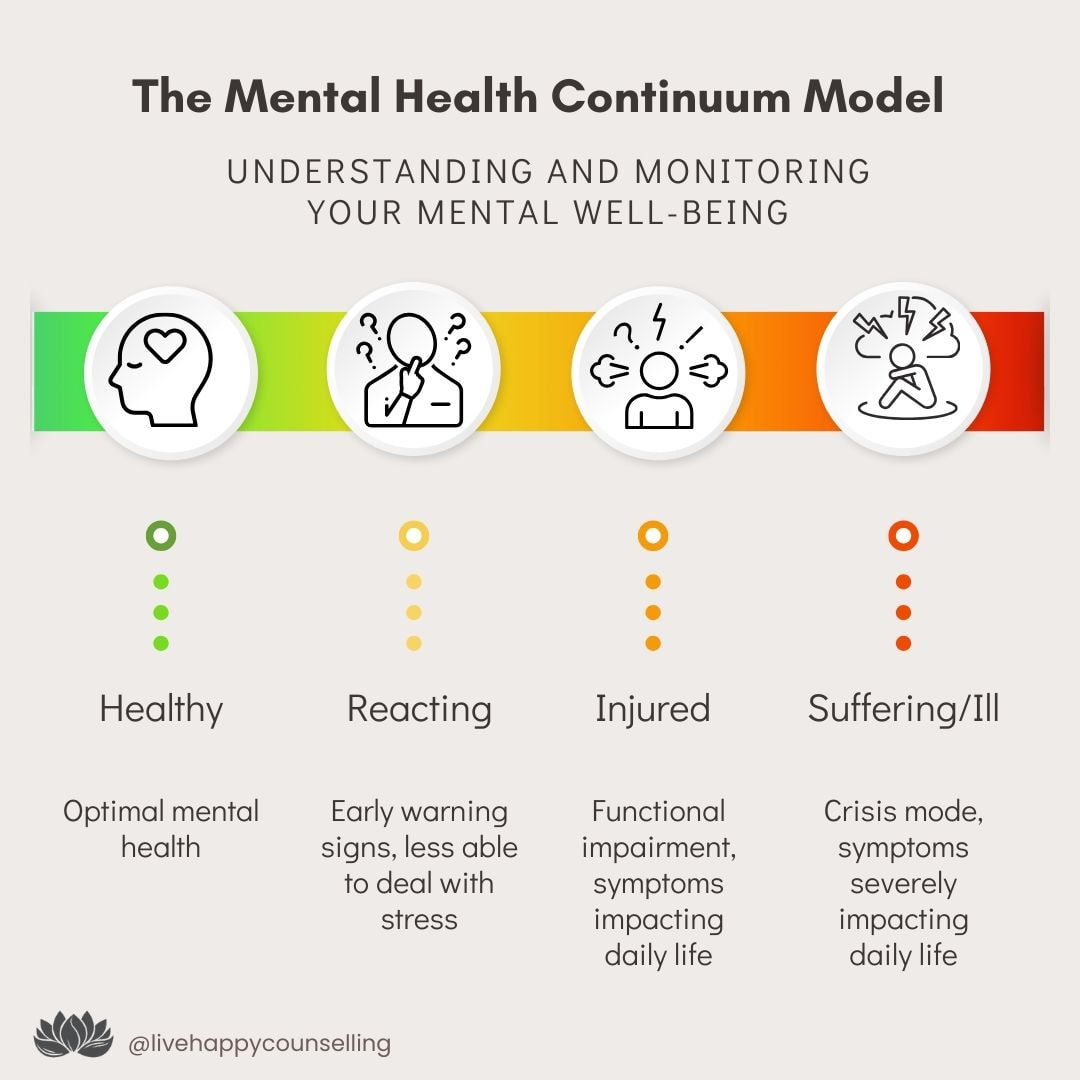
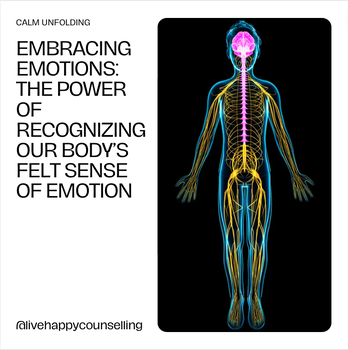


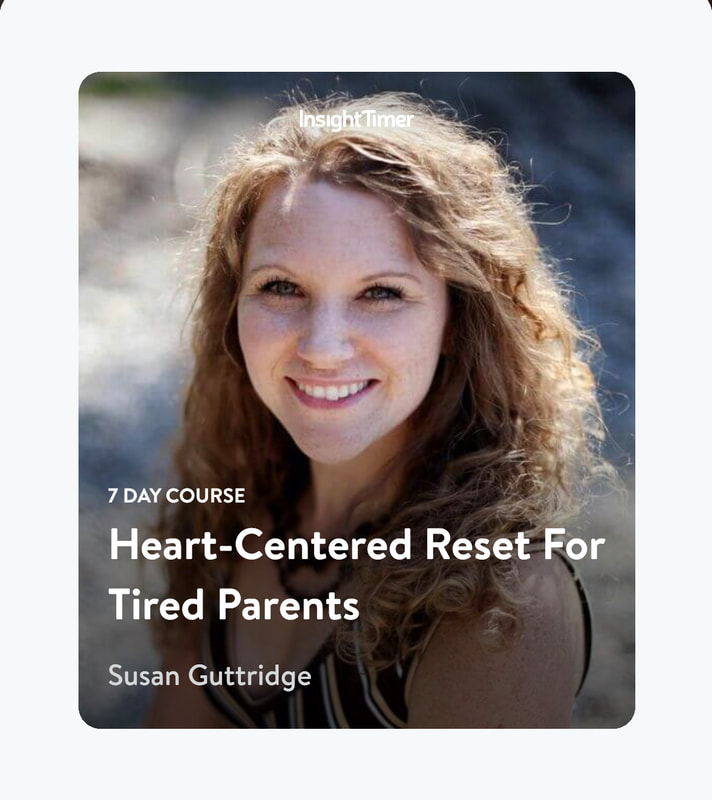
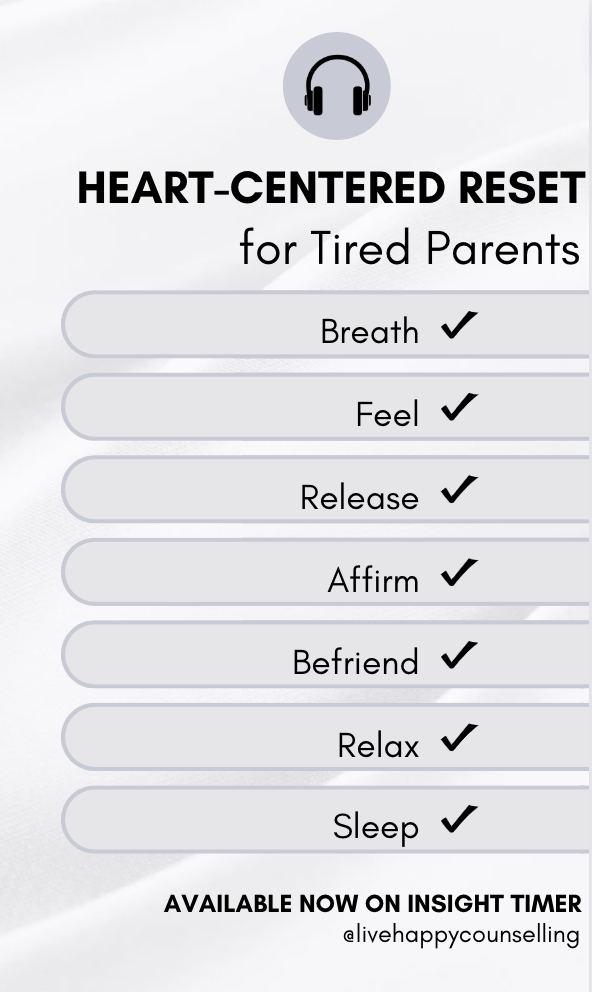
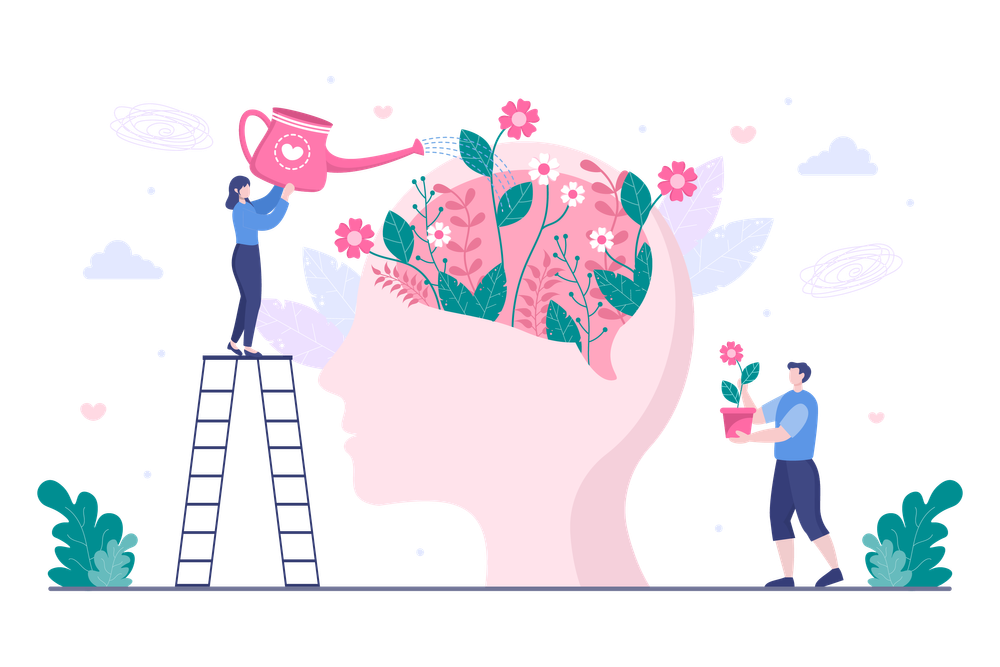
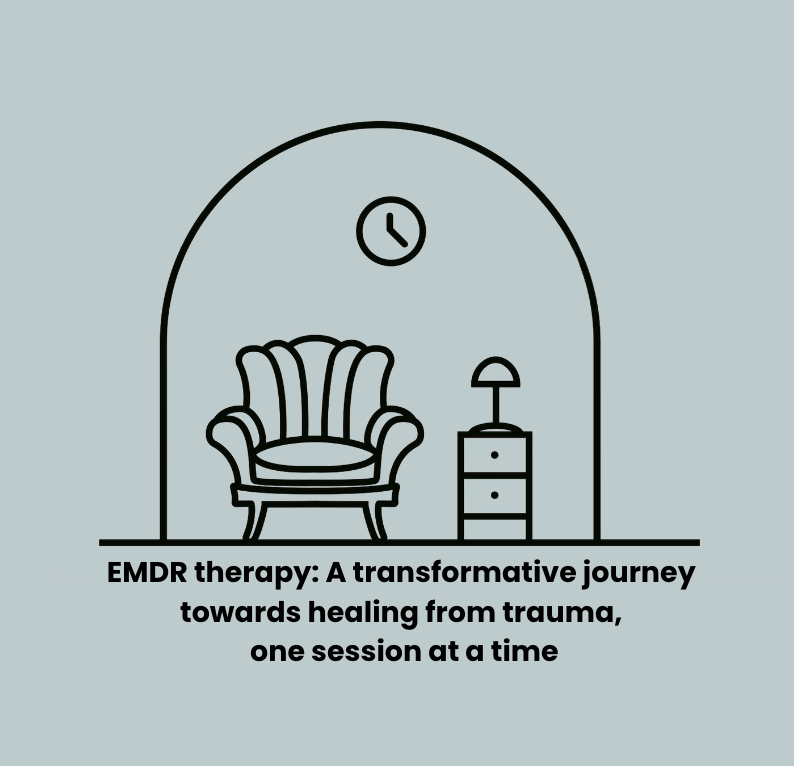
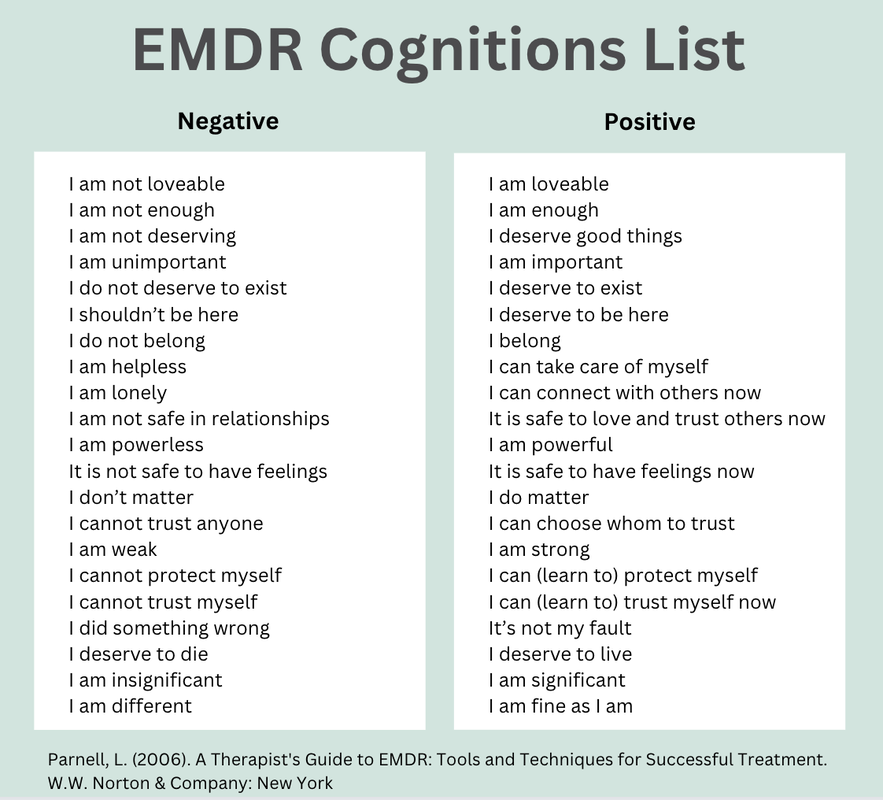
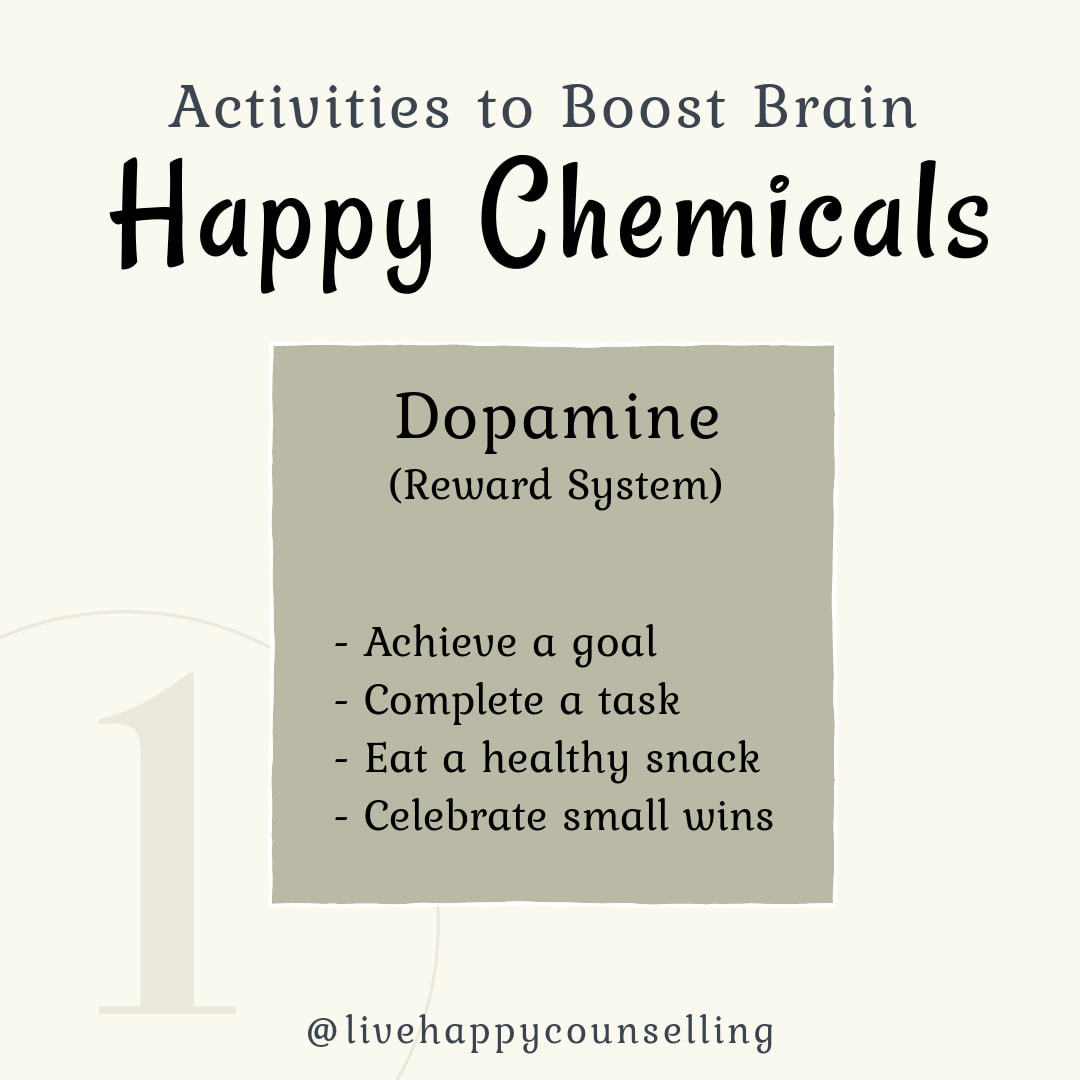
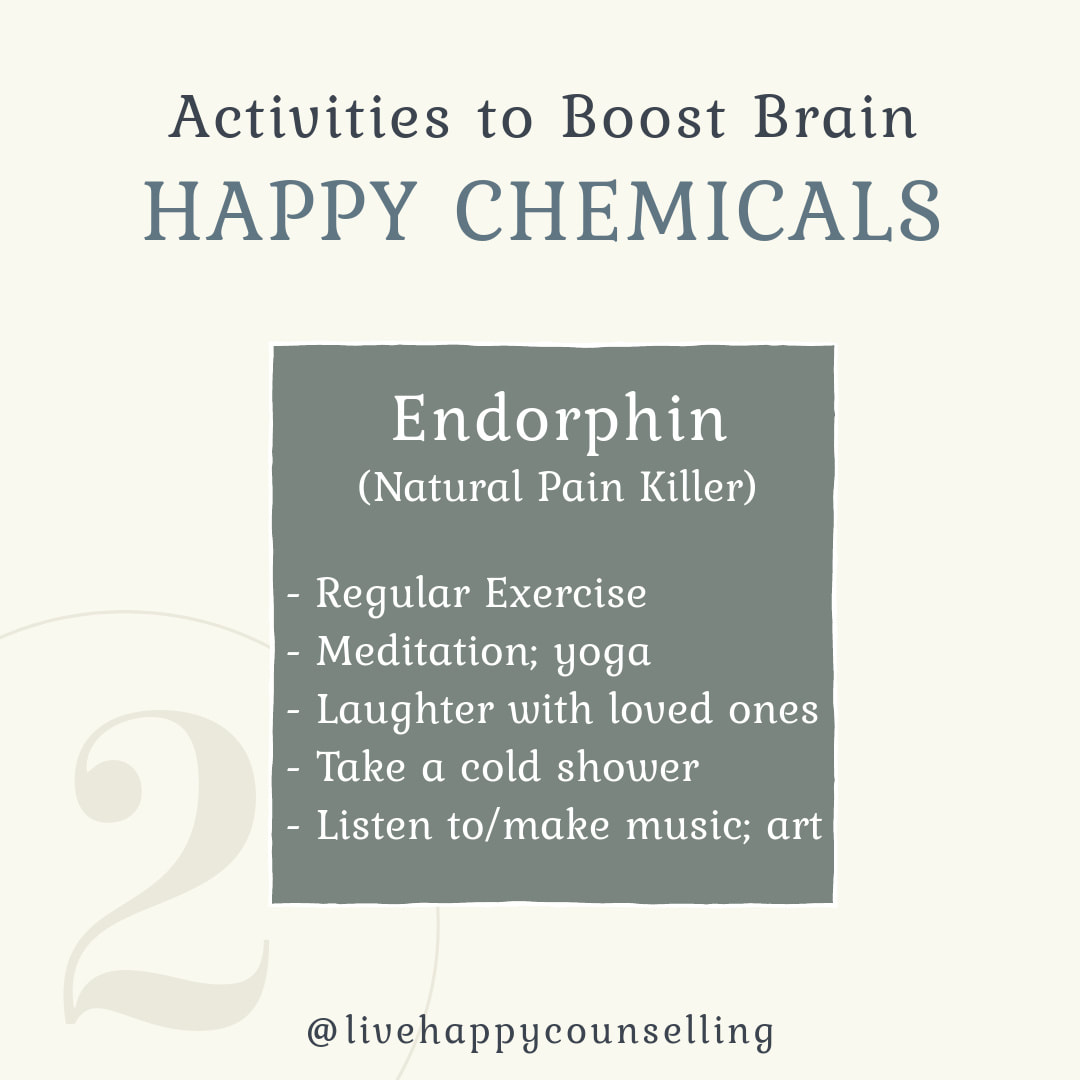
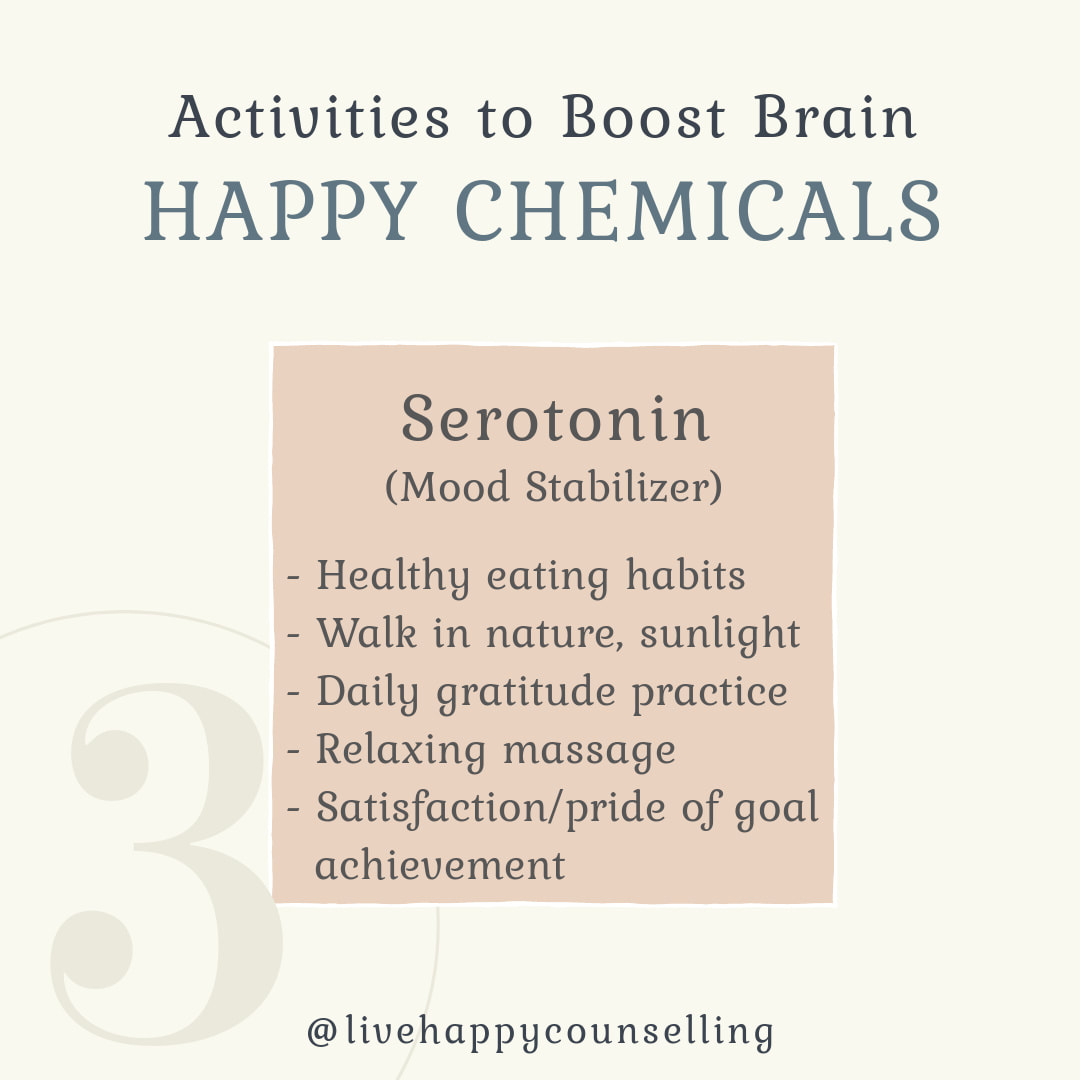
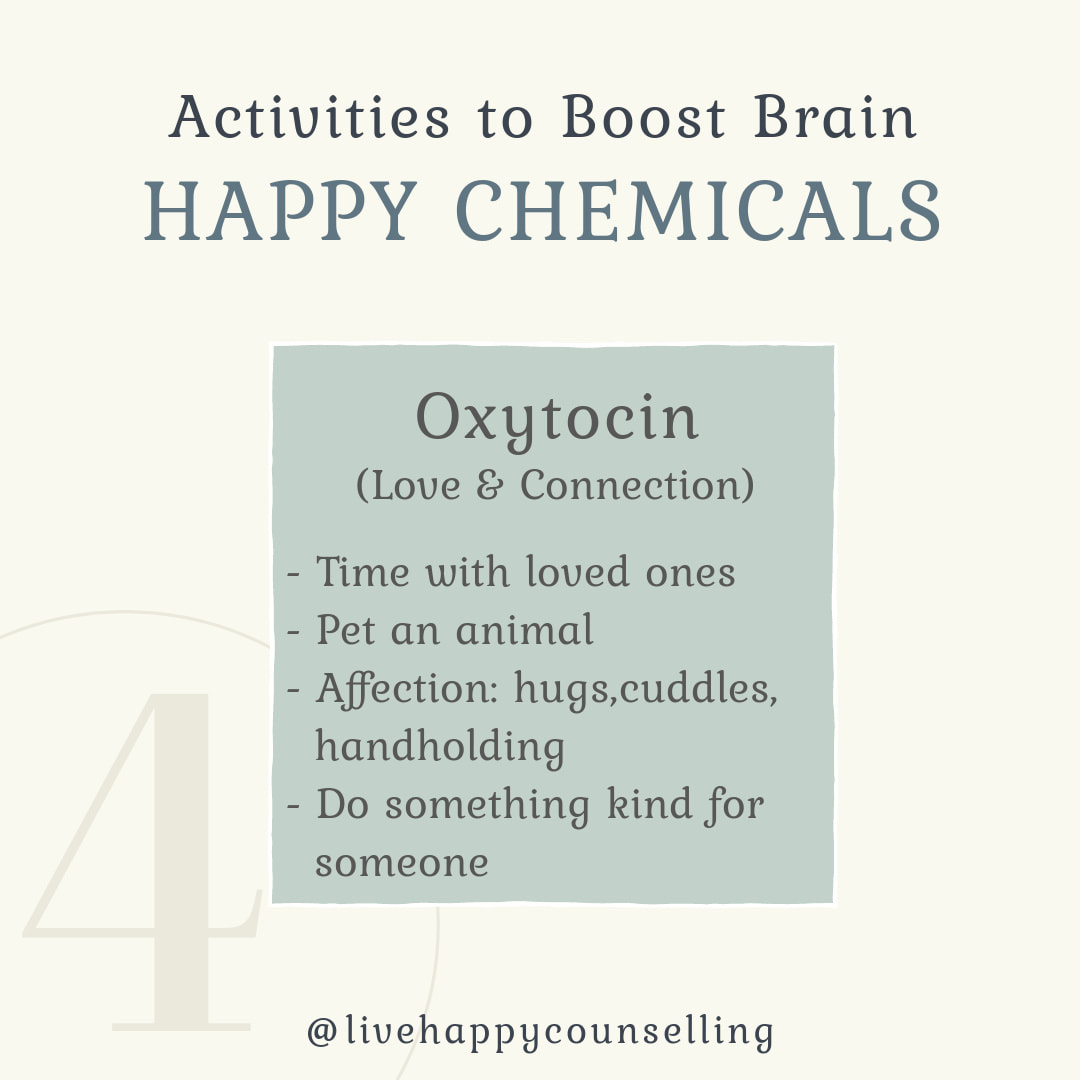

 RSS Feed
RSS Feed